Although product placement can be traced back to the time of silent movies (Buster Keaton’s The Garage showed posters of Firestone tyres and Red Crown Gasoline signs in almost every frame), it was E.T. the Extra-Terrestrial and the $1m paid by Reese’s to appear in the film that changed the rules of the game for good. Sales of the peanut-butter candy pieces doubled in less than two weeks.
All kinds of products have benefited from the celluloid effect – as has the film industry. Product-placement deals have reached astronomical figures, often making up for lower-than-expected performances at the box office. Harley-Davison famously paid $10m for the character Natasha Romanoff/Black Widow (Scarlett Johansson) to ride its all-electric Live Wire in Avengers: Age of Ultron; and Heineken forked out $45m to feature in Skyfall, sharing 007’s attention with Macallan.
In a much more subtle manner, watches have been a constant presence in movies. The earliest I am aware of is a Hamilton Flintridge and a Hamilton Piping Rock in the film Shanghai Express with Clive Brook and Marlene Dietrich. The American watchmaker (now owned by the Swatch Group) is, without a doubt, the No. 1 brand of choice by Hollywood; according to the company, its watches have appeared in more than 500 movies over the last nine decades. The influence of superstars dramatically increased the desirability of several of its models, including the Ventura, favoured by Elvis Presley, who wore it on and off screen. The Ventura has become a star of its own accord, with a filmography that includes Blue Hawaii (1961) and the Men in Black films (1997-2019). These days you can show off one on your wrist for just £850.
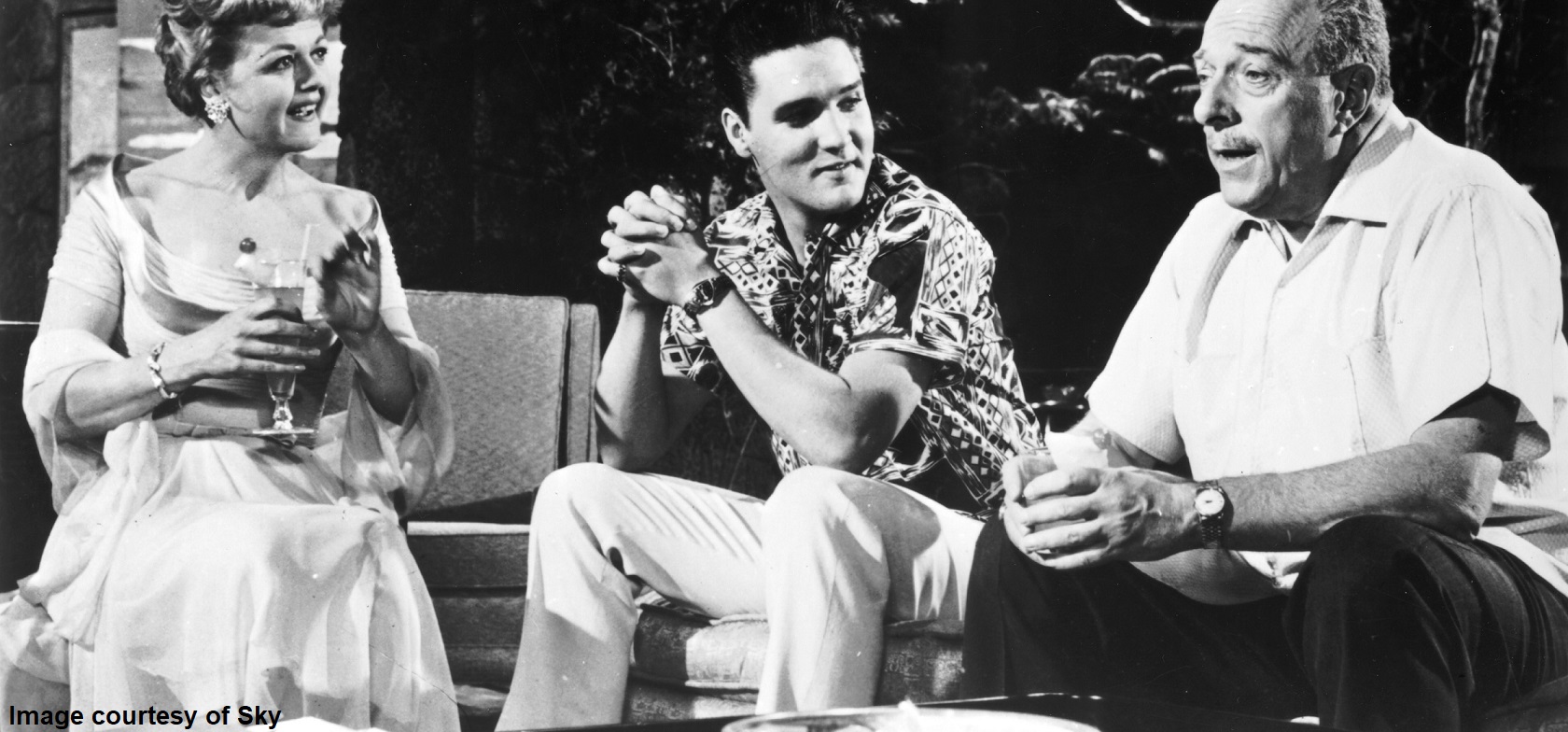
Still from Blue Hawaii (1961) showing Elvis Presley wearing his Hamilton Ventura.
The Hamilton Khaki is another on-screen regular, with appearances in at least 12 films. The first was 2001’s Pearl Harbor, in which it features on the wrists of both Ben Affleck and Josh Hartnett. It also appeared in the star-studded film Tenet (2020), in which a former CIA agent (John David Washington) learns how to manipulate the flow of time to prevent an attack from the future that threatens to annihilate the present world. The script was perfect for showing off the Khaki BeLOWZERO Titanium H78505330, worn by Washington and made exclusively for the movie. The commercial version was the Khaki Navy BeLOWZERO. Other famous appearances of the Khaki include The Avengers (2012), Interstellar (2014) and The Martian (2015). And in the upcoming film Indiana Jones and the Dial of Destiny, it’s a Hamilton American Classic Boulton Quartz (£675) – originally introduced in 1941 – on Harrison Ford’s wrist. Except for slightly larger proportions, the contemporary Boulton is faithful to the original.
In Tenet (2020), leading actor John David Washington wears a Hamilton Khaki BeLOWZERO Titanium H78505330 made exclusively for the film.

It is curious that, despite the Hollywood success of these watches, the brand has kept prices extremely reasonable – from £530 for the Khaki featured in Pearl Harbor to around £1,725 for the model in The Martian and Tenet. Even more interesting is the fact that Hamilton doesn’t pay for product placement. Instead, it cultivates strong relationships with many of the key decision-makers behind the scenes, including set and custom designers, and prop masters. More often than not, these people have a strong influence on the gear that gets used in a film. They even host the prestigious Hamilton Behind the Camera Awards every year.
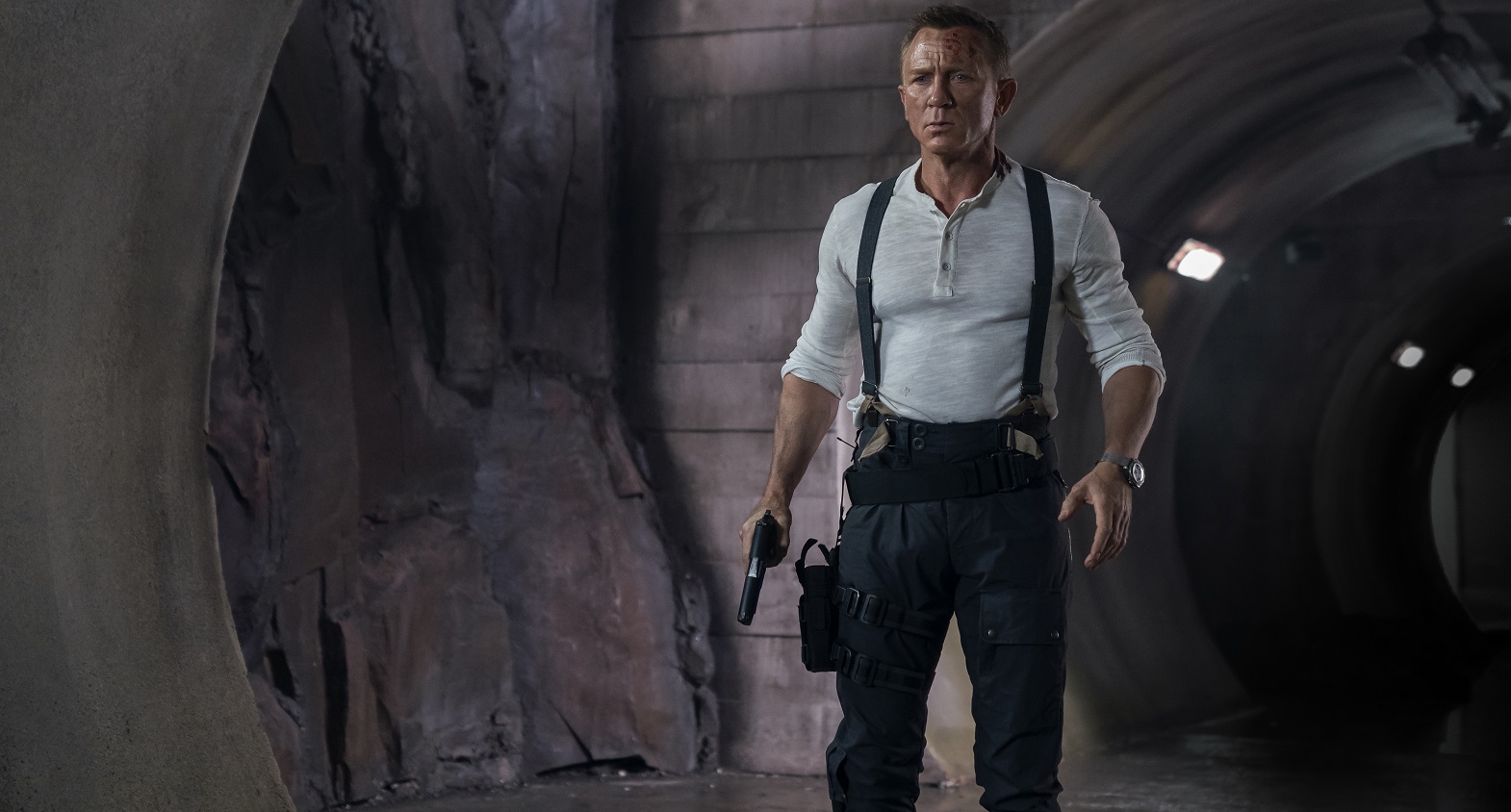
The Seamaster Diver 300M 007 Edition that Daniel Craig wore to his death in No Time To Die sold for £226,800 at Christie’s in 2022.
This is not the case for other brands, such as Omega, which coughed up an insane (and top-secret) amount of money to be on James Bond’s wrist since it partnered up with the 007 franchise for GoldenEye in 1995. One prominent watch collector, who spoke to I-M TIME on the condition that he remain anonymous, said, “Omega probably paid much more than they made in sales. But I believe that, in the long run, it would prove to be worth it.” Only time will tell if he is right. But if current auction values are anything to go by, the Seamaster Diver 300M 007 Edition in titanium that Daniel Craig wore to his death in No Time To Die sold for £226,800 at Christie’s in 2022. The watches in the new commercial line of 7,007 pieces retail at £9,300 these days. In the second-hand market they’re available for around £9,000.
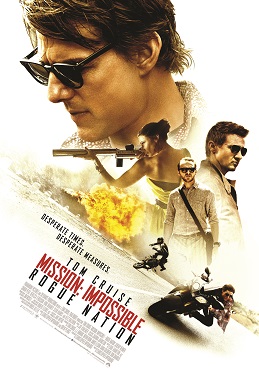

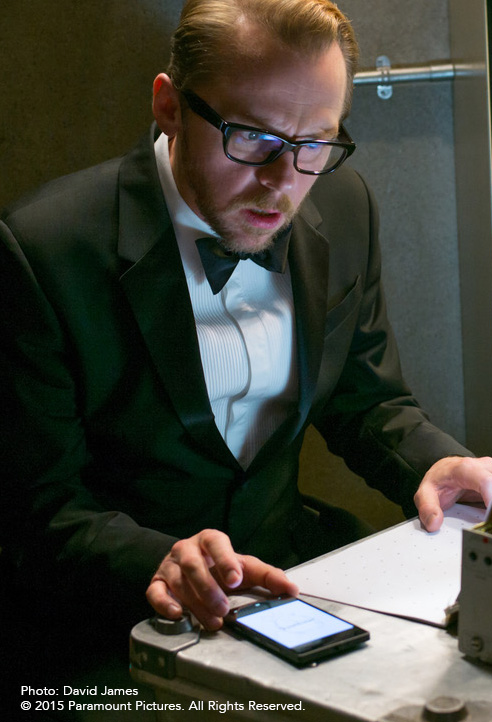
In Mission: Impossible – Rogue Nation, (2015), Simon Pegg wears a Tissot T-Touch Expert Solar.
Another brand to go down the route of the blockbuster to bring extra impetus to the popularity of its watches is Tissot. The first generation of its T-Touch line adorned the delicate wrist of Angelina Jolie in both Tomb Raider (2001) and Mr & Mrs Smith (2004), and that of Rosamund Pike in Die Another Day (2002). The model has been discontinued, but with a bit of perseverance it can be found online for around £500. The T-Touch collection turned solar-powered in 2014. In 2015, a T-Touch Expert Solar made it into Mission: Impossible – Rogue Nation, worn by Simon Pegg. But the first Tissot that featured in a film was a Tissot PR 516; Roger Moore wore it back in 1973, in Live and Let Die. Although none of these watches have appreciated in value, the Hollywood effect surely contributed to their popularity.
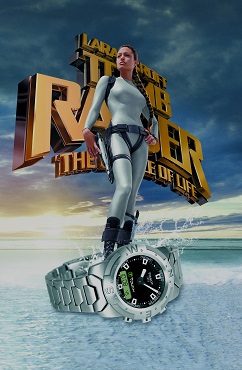
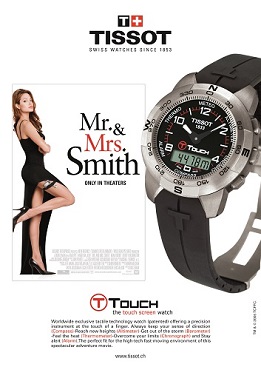

The first generation of Tissot T-Touch watches was worn by Angelina Jolie in both Tomb Raider (2001) and Mr & Mrs Smith (2004) and by Rosamund Pike in the 2002 James Bond movie, Die Another Day.
In a different journey to stardom, we find Audemars Piguet’s Royal Oak Offshore “End of Days”, co-designed by Arnold Schwarzenegger for the eponymous film in 1999. Although at first the watch didn’t capture the imagination of collectors, it did signal the trend for limited series with celebrities from all walks of life. Despite its shaky debut in the market, the current value of the original watch (Ref. 25770SN) hovers around the £50,000 mark. Not bad. To celebrate the 30th anniversary of the first Offshore in 1993, the manufacture is launching several new references, one of which is a black ceramic chronograph inspired by the original “End of Days”, with a retail price of £51,800.
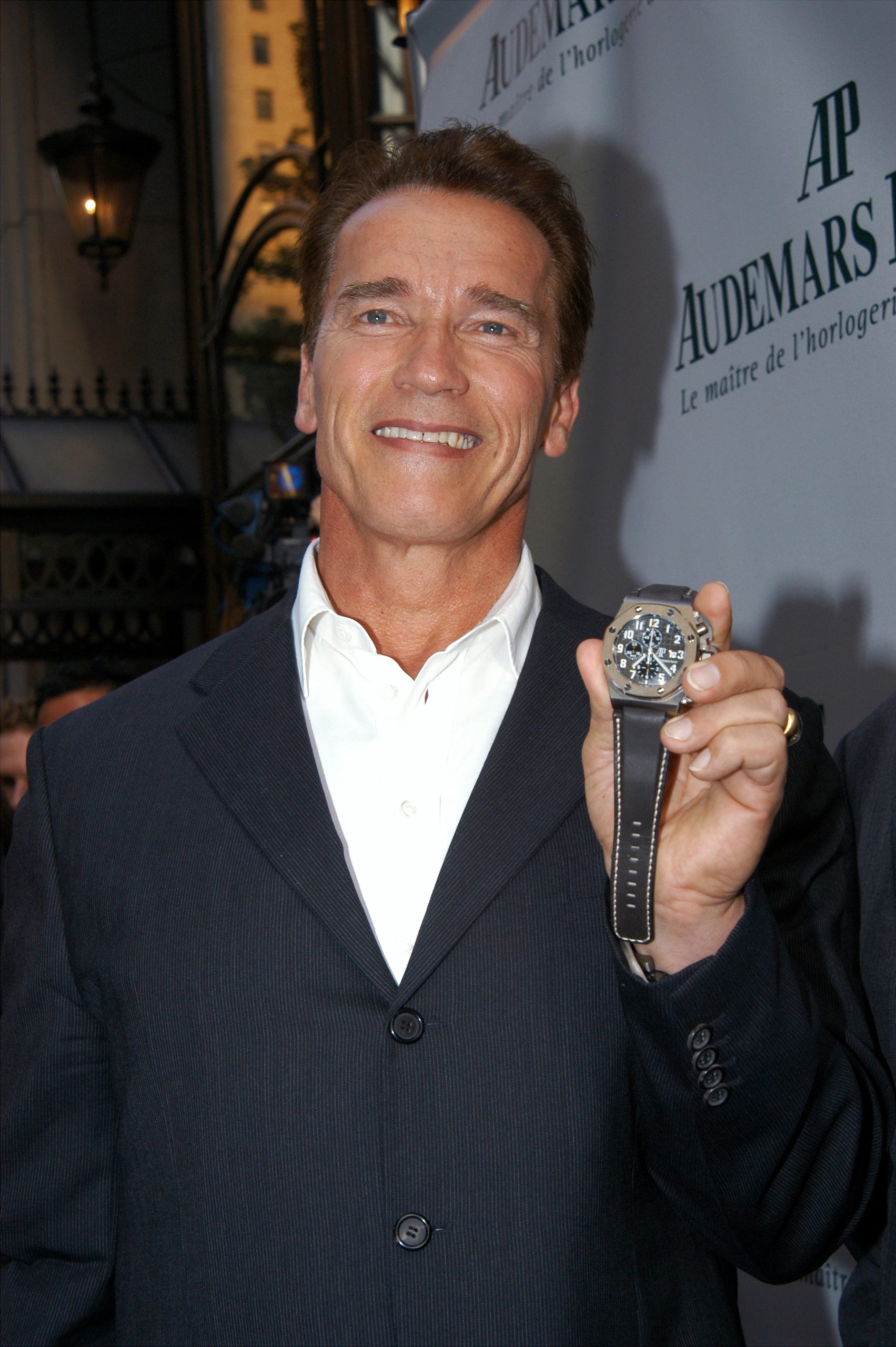
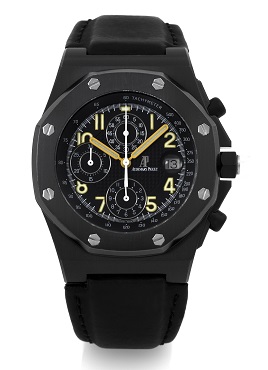
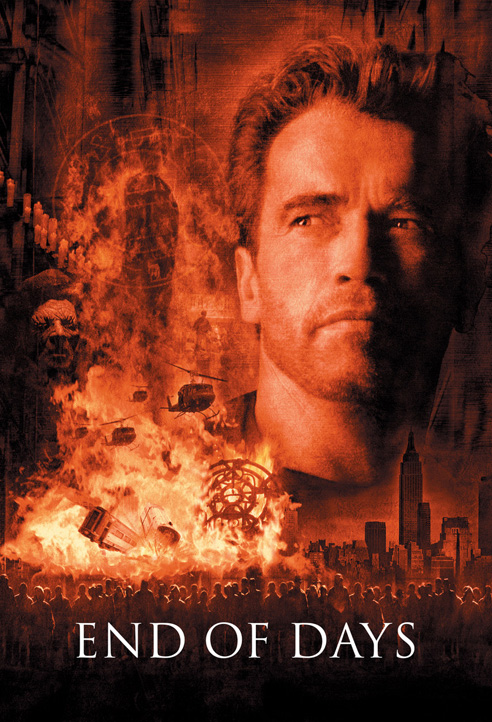
Left, Arnold Schwarzenegger showing the Audemars Piguet Royal Oak Offshore T3 he helped developed in 2004. Right, one of the 30th anniversary Offshore references was released this year.
Similarly, TAG Heuer’s Monaco didn’t do much for the company’s bottom line when it was launched in 1969. But once Steve McQueen chose it for the 1971 cult film Le Mans, things changed rapidly. Sales of the odd-looking watch shot up, and its desirability hasn’t changed since. To give you an idea, in 1972, a new Monaco retailed for $260 ($1,900 in today’s money). In the second-hand market, originals from the period 1969 to 1978 can go for anything from £14,000 to £25,000 depending on condition, paperwork, etc.
On other occasions, it has been the personal choice of an actor that has determined the watches immortalised in film. This was the case of Robert de Niro, who chose to wear a Corum Ti-Bridge Tourbillon in the 2014 neo-noir crime thriller The Bag Man. Robert Downey Jr requested an Urwerk UR-110RG to wear in Spider-Man: Homecoming (2017) and another Urwerk, this time an UR-105, in Avengers: Endgame (2021). The UR-110RG was sold at auction at Phillips in 2018 for CHF150,000, with the proceeds going to charity. New, it was priced at CHF115,000.

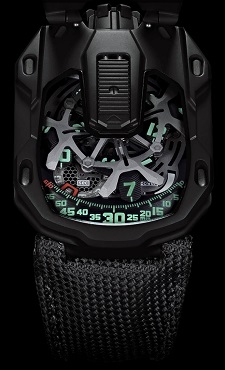
In Avengers: Endgame (2021), Robert Downey Jr wears an Urwerk UR-105.
Other brands that have dipped their watches into celluloid waters (whether paying for the privilege or not) include Bvlgari, whose Diagono Chronograph was given generous screen time on Al Pacino’s wrist in Heat (1995). A more modern version of the Chronograph as well as a Retrograde Day Date Moonphase were worn by Robert Downey Jr in the first Iron Man (2008). By the time Iron Man 2 came out in 2012, the superhero had moved on to a Jaeger-LeCoultre AMVOX3 Tourbillon GMT.
A Jaeger-LeCoultre Reverso features – without the brand name – on the wrist of Pierce Brosnan in the 1999 version of The Thomas Crown Affair, and Benedict Cumberbatch wears a Master Ultra-Thin Perpetual in the 2016 Marvel film Doctor Strange. So far – judging by the prices shown on the web sites of several second-hand retailers and small auction houses – none of these watches have appreciated in value. That said, I am sure the popularity achieved through these films didn’t hurt demand. And at the end of the day, that’s what manufacturers want: to sell as many watches as possible.
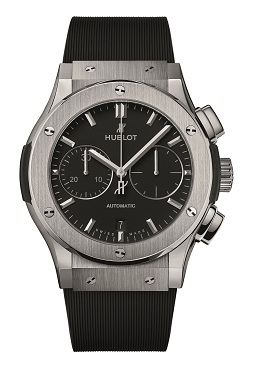
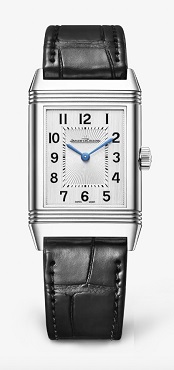

From left to right: Jaeger-LeCoulture Reverso Monoface, the model on Pierce Brosnan’ wrist in The Thomas Crown Affair (1999); Jaeger-LeCoulture Master Ultra-Thin Perpetual, worn by Benedict Cumberwatch in the 2016 Marvel film Doctor Strange and the Hublot Classic Fusion Chronograph Titanium, worn by Andy Serkis in Luther: The Fallen Sun (2023).
Relatively new to this particular playground is Hublot, whose Classic Fusion Chronograph Titanium is worn by Idris Elba in the BBC & Netflix film Luther, The Fallen Sun. And if rumours are correct, we’ll also see Hublot watches in the upcoming Barbie film and (later in the year) the spy action thriller Heart of Stone, with Gal Gadot. The three films are very different, so I am curious about how much screen time the watches will have and the effect on both demand and appreciation.
As you can see, the Tinseltown effect on watch sales and value is as varied as the degree of success of the films in which they appear. So my recommendation would be that, if you see one you like in a movie, and you can afford, buy it. What’s the worst that can happen?
www.audemarspiguet.com www.bulgari.com www.corum-watches.com www.jaeger-lecoultre.com www.hamiltonwatch.com www.hublot.com www.omega.com www.tagheuer.com www.tissot.com www.urwerk.com
Words: Julia Pasarón
Opening picture: Steve McQueen playing American racing driver Michael Delaney in the film Le Mans, 1971.






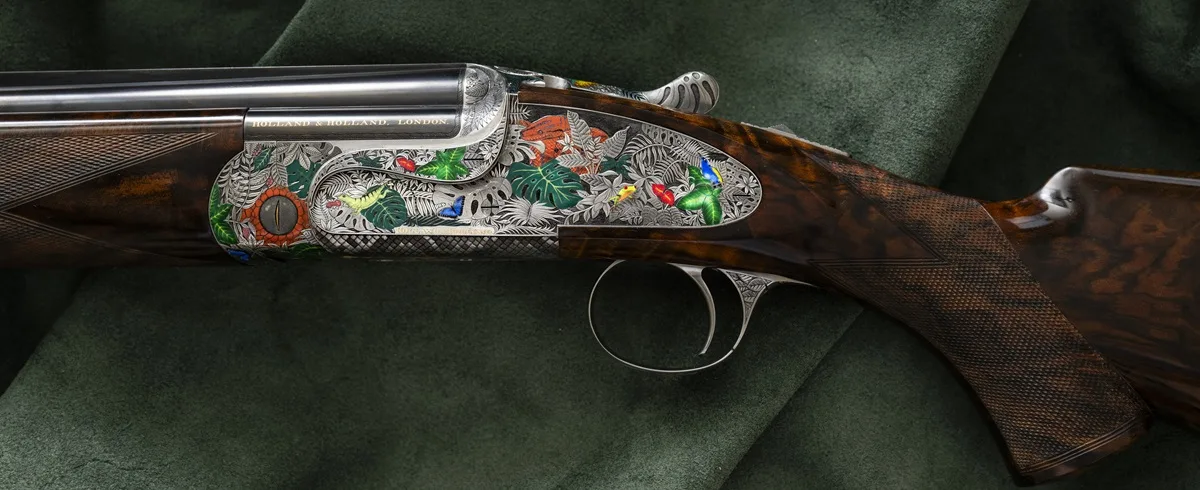


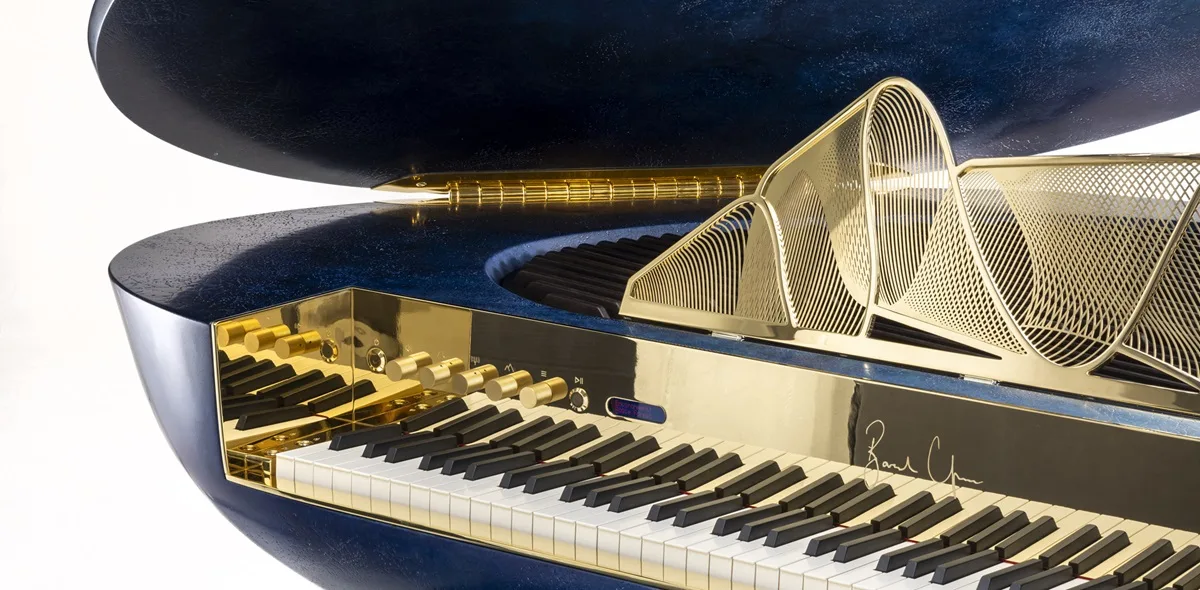
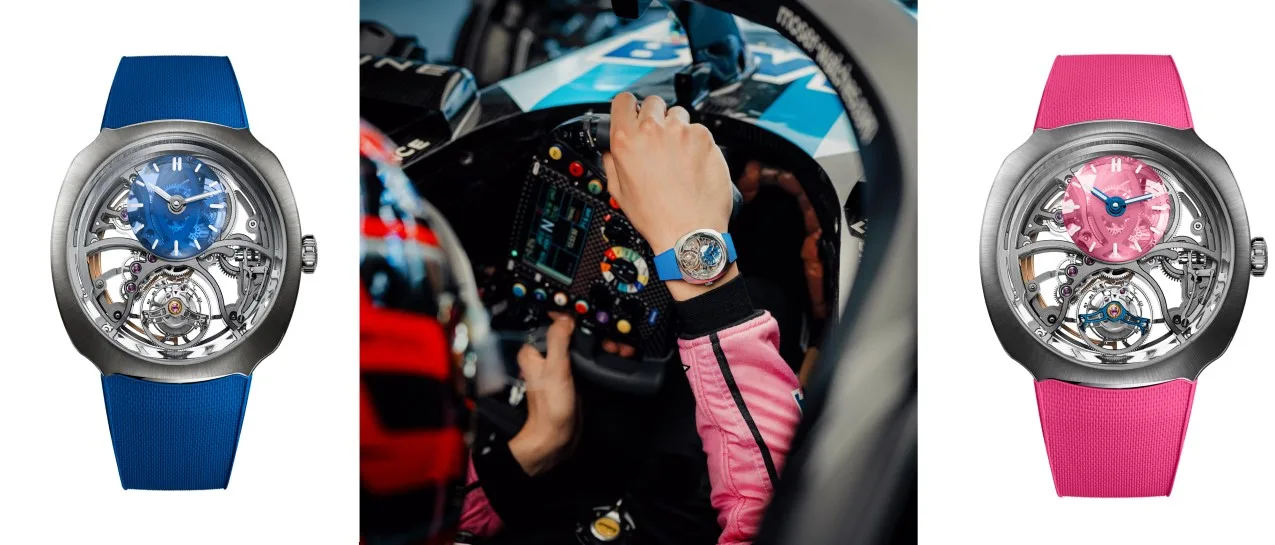



Show Comments +